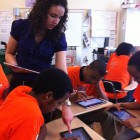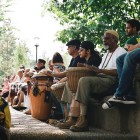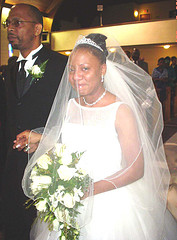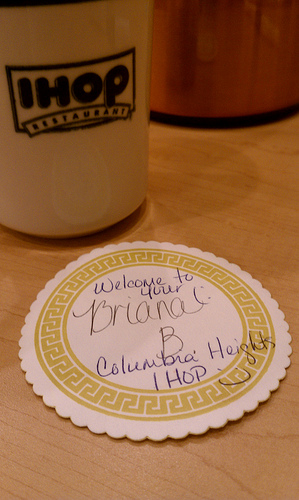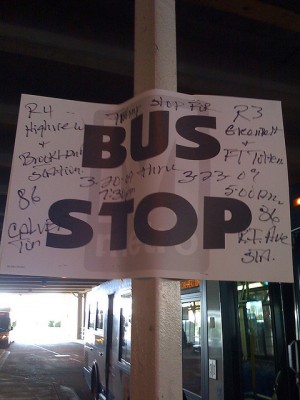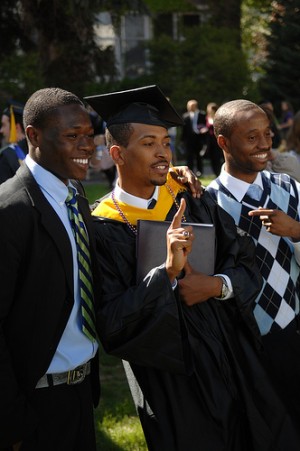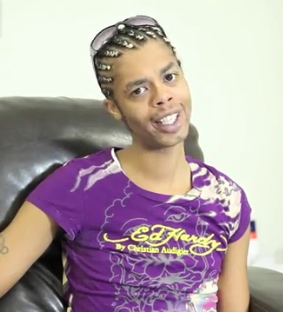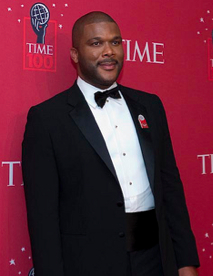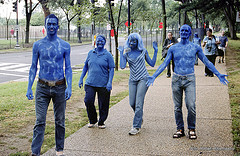Local blogher and Campus Progress Editor Kay Steiger writes about a Time/Pew Poll on marriage, and whether there are issues of classism intertwined with weddings (Thanks, SOH):
The Time story that relates the poll goes on to say that “the richer and more educated you are, the more likely you are to marry, or to be married — or, conversely, if you’re married, you’re more likely to be well off.”
The idea of tying marriage to wealth isn’t that surprising when you look at the wedding industry…As weddings become more status-oriented and more costly, it makes sense that the less educated — and therefore the less financially well off — become less likely to see marriage as accessible to them. This has roughly been my problem with weddings all along, although I suppose I haven’t been particularly articulate about it until now. If the standard for weddings becomes a Vera Wang dress, an ornate venue, and freshly imported flowers — all amounting to that “one perfect day” — then marriage itself begins to be viewed as an institution for those who can afford all those things.
Of course, not every couple has to do that, and many don’t. Lots of couples elope at the court house and have a low-key celebration later on. But the trouble is that there aren’t many options for folks that want something in between — or at least, the wedding industry leaves you with the distinct impression that there isn’t such an option.
